Honey, often referred to as “liquid gold,” has been cherished by civilizations for millennia. Its sweet, floral taste and viscous texture make it a beloved natural sweetener, but its uses extend far beyond mere flavor enhancement. From ancient medicinal practices to modern culinary experiments, honey has proven itself a versatile ingredient with endless applications. This article explores the myriad ways to consume honey, blending tradition with innovation, while highlighting its nutritional benefits and cultural significance. Whether you’re a health enthusiast, a foodie, or simply someone seeking to elevate their daily routine, these methods will inspire you to savor honey in ways you’ve never imagined.
The Timeless Classic: Raw and Unprocessed
The simplest way to enjoy honey is in its purest form—raw, unprocessed, and straight from the hive. Unlike processed honey, which is often heated or filtered to remove impurities, raw honey retains its natural enzymes, pollen, and antioxidants. These components not only enhance its nutritional profile but also contribute to its distinct flavor profiles, which vary depending on the nectar source (e.g., clover, orange blossom, manuka).
How to Enjoy It:
- Spoonful of Sweetness: Take a teaspoon of raw honey directly as a natural energy boost. Its natural sugars (fructose and glucose) provide a quick source of fuel, making it an ideal pre-workout snack or midday pick-me-up.
- Honey and Warm Water: Dissolve a tablespoon of honey in a glass of warm water (not hot, as excessive heat can destroy enzymes). This soothing drink aids digestion and hydration, especially when consumed in the morning.
- Honey Drizzle: Elevate breakfast staples like oatmeal, yogurt, or pancakes by drizzling honey instead of refined sugar. Its depth of flavor pairs beautifully with grains, dairy, and fresh fruits.
Culinary Alchemy: Elevating Dishes with Honey
Honey’s ability to balance sweetness with subtle acidity makes it a chef’s secret weapon. Its versatility shines in both sweet and savory dishes, adding complexity to recipes while reducing reliance on processed sugars.

Sweet Applications:
- Baking: Replace granulated sugar with honey in muffins, bread, or cookies. Use a 1:1 ratio but reduce the liquid in the recipe by ¼ cup, as honey is hygroscopic.
- Desserts: Create honey-infused treats like honeycomb candy, flan, or crème brûlée. Its caramelization under high heat adds a rich, toasty note.
- Ice Cream and Sorbets: Drizzle honey over vanilla ice cream or blend it into fruit-based sorbets for a silky texture and floral finish.
Savory Pairings:
- Marinades: Combine honey with soy sauce, garlic, and ginger for a sticky glaze on chicken, salmon, or tofu. The honey caramelizes during grilling, creating a crispy, flavorful crust.
- Salads: Whisk honey into vinaigrettes with olive oil, mustard, and apple cider vinegar. Its viscosity helps emulsify the dressing while tempering acidity.
- Cheese Boards: Pair sharp cheeses like cheddar or blue cheese with honeycomb. The contrast between salty, tangy cheese and sweet honey is a timeless delight.
Beverages: From Tea to Cocktails
Honey’s solubility in liquids makes it a natural fit for beverages. Unlike sugar, which can leave a grainy residue, honey dissolves seamlessly, enriching drinks with its aromatic notes.
Hot Drinks:
- Herbal Teas: Sweeten chamomile, ginger, or mint tea with honey. Its antimicrobial properties also soothe sore throats.
- Golden Milk: Blend honey with turmeric, coconut milk, and black pepper for an anti-inflammatory latte.
Cold Refreshments:
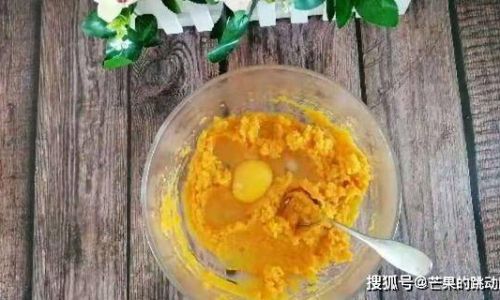
- Lemonade: Mix honey with fresh lemon juice and sparkling water for a refreshing summer drink.
- Cocktails: Elevate cocktails like a honey-bourbon sour or a mead-inspired spritz. Its viscosity adds body to spirits.
Beauty and Skincare: Honey as a Natural Elixir
Honey’s humectant and antibacterial properties make it a star ingredient in skincare. Ancient Egyptians used it for embalming and wound care, while modern beauty enthusiasts swear by its ability to hydrate and heal.
DIY Skincare Recipes:
- Honey Face Mask: Mix raw honey with a teaspoon of yogurt and a pinch of turmeric. Apply for 15 minutes to soothe acne and brighten skin.
- Lip Scrub: Combine honey, brown sugar, and coconut oil for a gentle exfoliating scrub.
- Hair Rinse: After shampooing, rinse hair with a mixture of honey and water to add shine and combat dandruff.
Health and Wellness: Ancient Remedies for Modern Ailments
Honey has long been revered in traditional medicine. Modern science now validates many of its benefits, from wound healing to cough suppression.
Natural Remedies:
- Cough Suppressant: A 2018 study found honey to be as effective as dextromethorphan in reducing nighttime coughs in children.
- Wound Care: Medical-grade manuka honey, with its high methylglyoxal content, accelerates healing in burns and ulcers.
- Digestive Aid: Honey’s prebiotic properties nourish gut bacteria, promoting digestive health.
Fermentation and Preservation: Honey’s Role in Age-Old Techniques
Before refrigeration, honey was a cornerstone of food preservation. Its low moisture content and antimicrobial properties inhibit bacterial growth, making it ideal for fermentation.
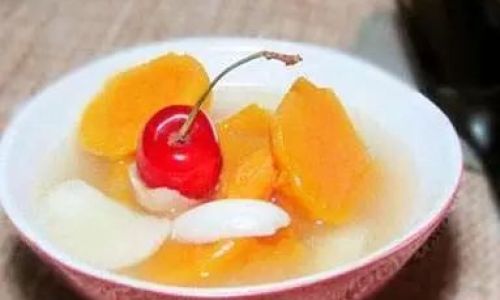
Fermented Foods:
- Mead: Brew honey wine by fermenting honey, water, and yeast. This ancient beverage, dating back to 4500 BCE, is experiencing a modern revival.
- Honey-Fermented Vegetables: Layer honey with shredded carrots or garlic to create probiotic-rich condiments.
Pairing with Spices and Herbs: Creating Gourmet Blends
Honey’s neutral sweetness acts as a canvas for bold flavors. Experiment with infusions to create custom blends.
Infusion Ideas:
- Spicy Honey: Simmer honey with red pepper flakes, rosemary, and garlic for a fiery glaze.
- Citrus Honey: Steep honey with lemon zest, thyme, and vanilla for a bright, aromatic syrup.
- Floral Honey: Infuse honey with lavender, rose petals, or chamomile for a delicate, aromatic twist.
Honey in Cultural Traditions: Rituals and Celebrations
Honey holds symbolic significance in cultures worldwide, often associated with prosperity, love, and spirituality.
Cultural Practices:
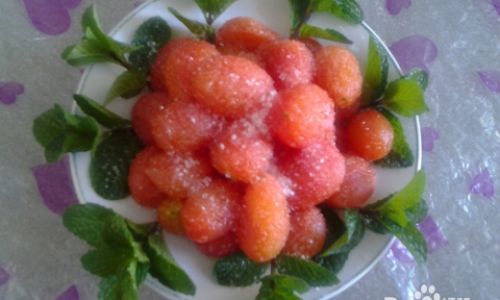
- Rosh Hashanah: Jews dip apples in honey to symbolize a sweet new year.
- Weddings: In some cultures, honey is consumed during ceremonies to ensure a harmonious marriage.
- Bee-Inspired Festivals: Turkey’s annual Honey Festival celebrates beekeeping with tastings, workshops, and traditional dances.
Sustainable Consumption: Supporting Ethical Beekeeping
As global bee populations decline, choosing ethically sourced honey is crucial. Opt for local, organic, or fair-trade varieties to protect pollinators and support small-scale beekeepers.
Tips for Sustainable Sourcing:
- Look for Raw and Unfiltered Labels: These indicate minimal processing.
- Support Local Beekeepers: Purchase from farmers’ markets or community-supported agriculture programs.
- Avoid Cheap Imports: Many commercial honeys are cut with corn syrup or subjected to harmful practices like high-heat pasteurization.
The Future of Honey: Innovations and Trends
From honey-based energy gels to honey leather (a vegan alternative to beef jerky), the golden elixir continues to inspire innovation.
Emerging Trends:
- Honey in Craft Beer: Brewers are experimenting with honey as a fermentable sugar, creating light, effervescent ales.
- Honey Powder: Dehydrated honey is gaining traction as a shelf-stable sweetener for baking and dry mixes.
- Bee-Friendly Urban Hives: Rooftop beekeeping in cities like New York and London promotes biodiversity and sustainable honey production.
Conclusion: Embracing Honey’s Multifaceted Charm
Honey is far more than a sweetener—it’s a testament to humanity’s bond with nature. By exploring its culinary, medicinal, and cultural dimensions, we honor the bees’ tireless labor and the ancient traditions that have preserved this gift. Whether you’re drizzling it over yogurt, brewing a pot of mead, or massaging it into your skin, honey invites us to slow down, savor the moment, and appreciate the simple joys of life. So the next time you reach for the honey jar, remember: you’re not just adding sweetness—you’re connecting with a legacy that spans centuries and continents.
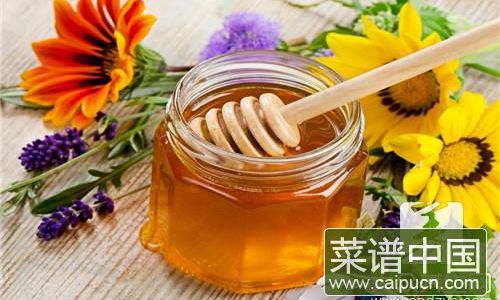
Final Tip: Store honey in a cool, dry place away from sunlight to preserve its quality. If it crystallizes (a natural process), gently warm the jar in warm water to restore its liquid state. Never microwave honey, as this can degrade its nutrients.
Honey’s golden hue and complex flavors remind us that even the simplest pleasures can hold profound depth. Let this article be your guide to unlocking the full potential of nature’s sweetest treasure.

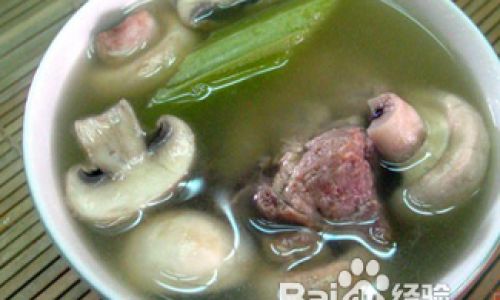
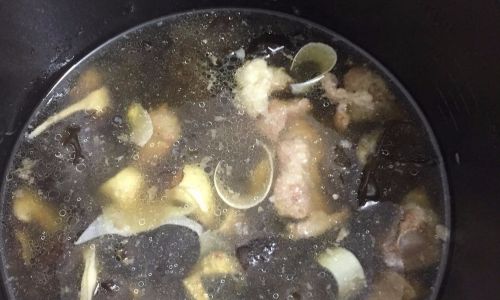


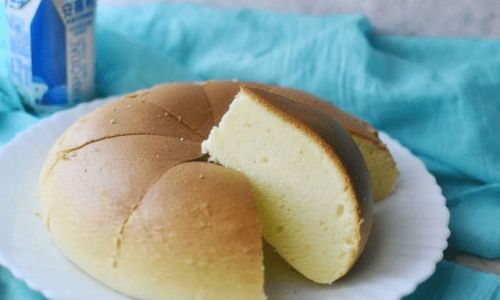
0 comments